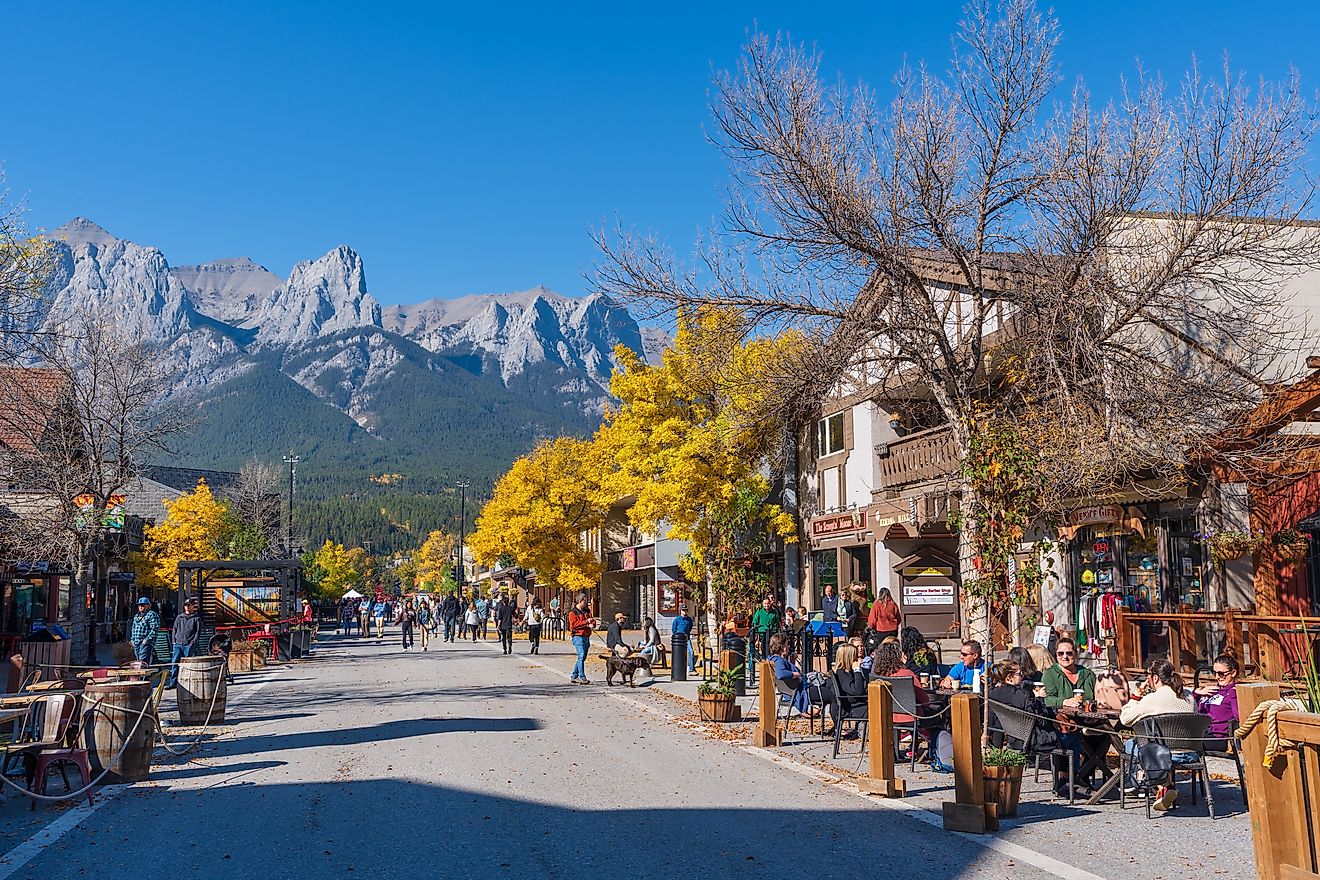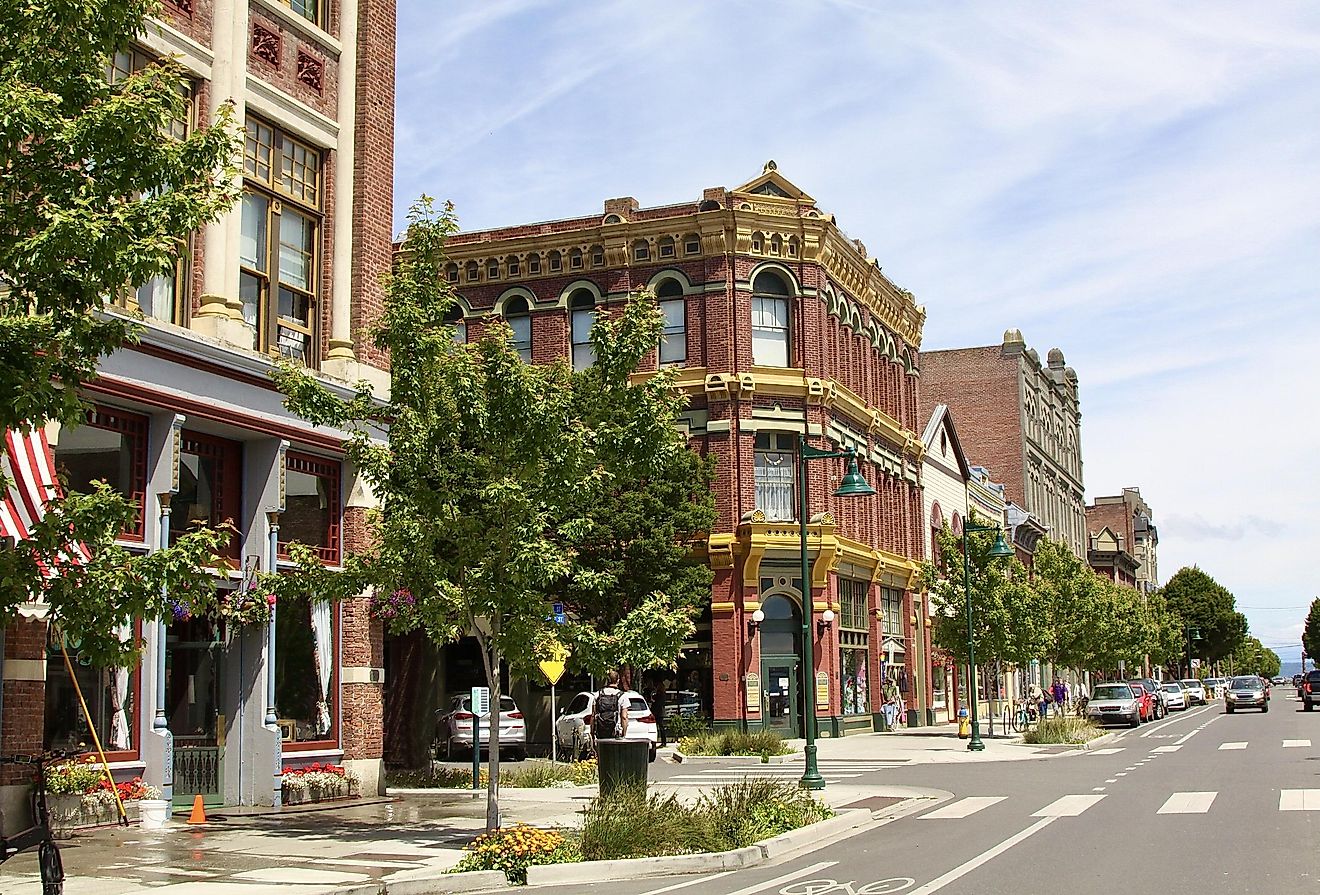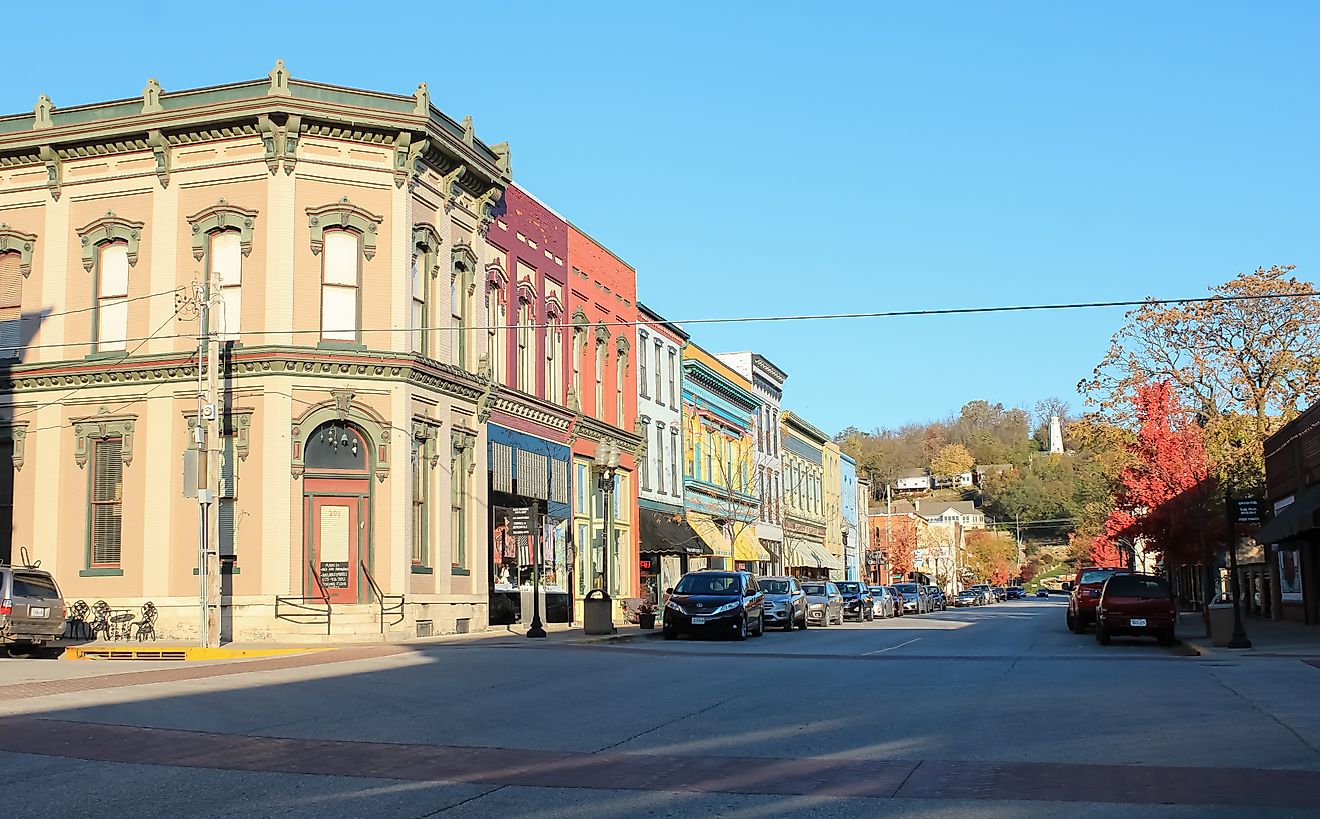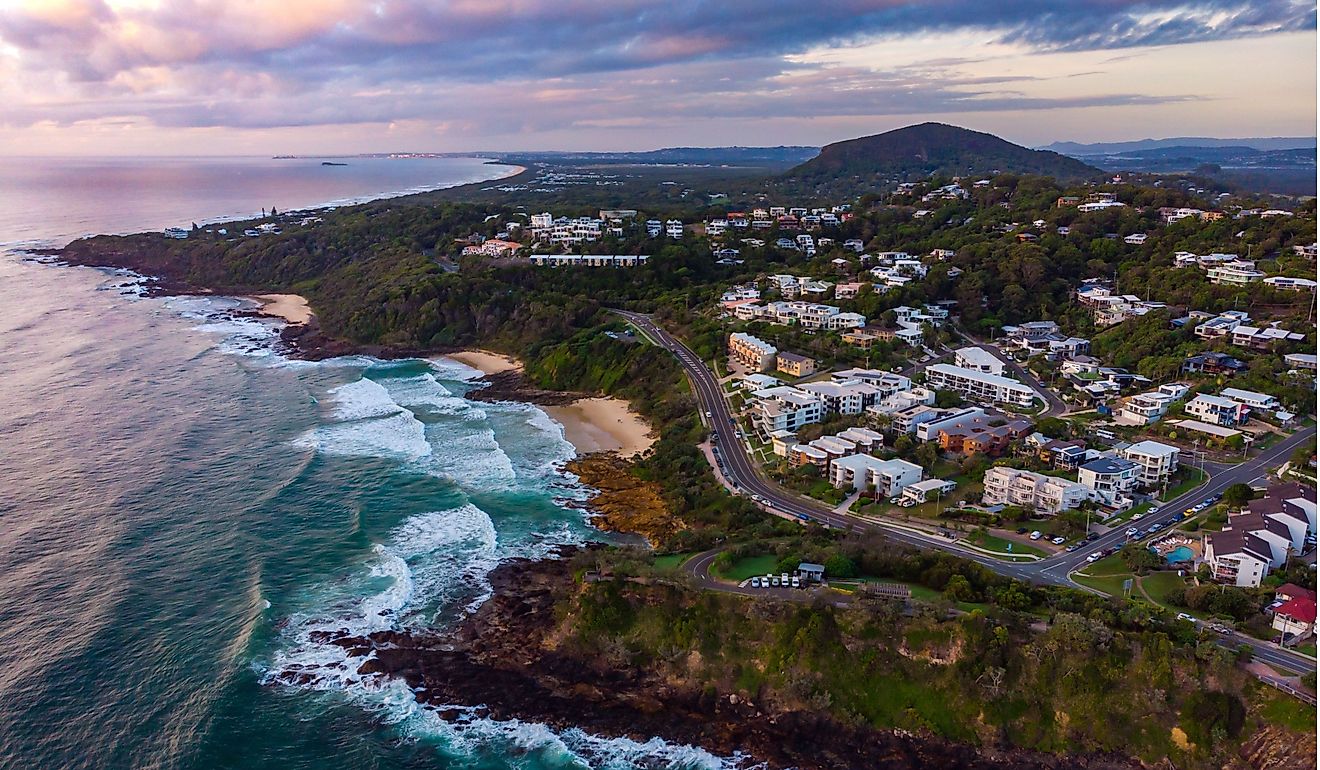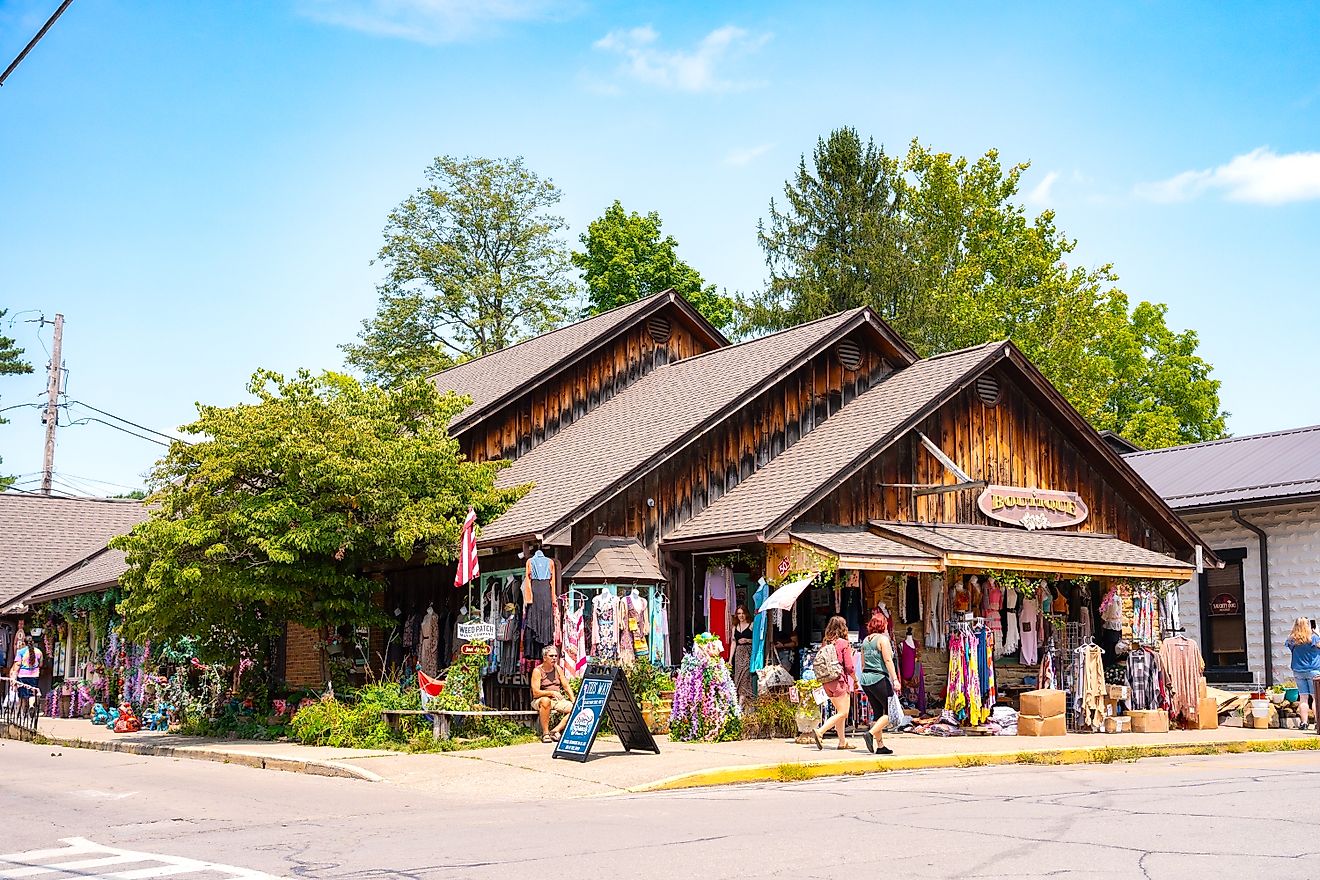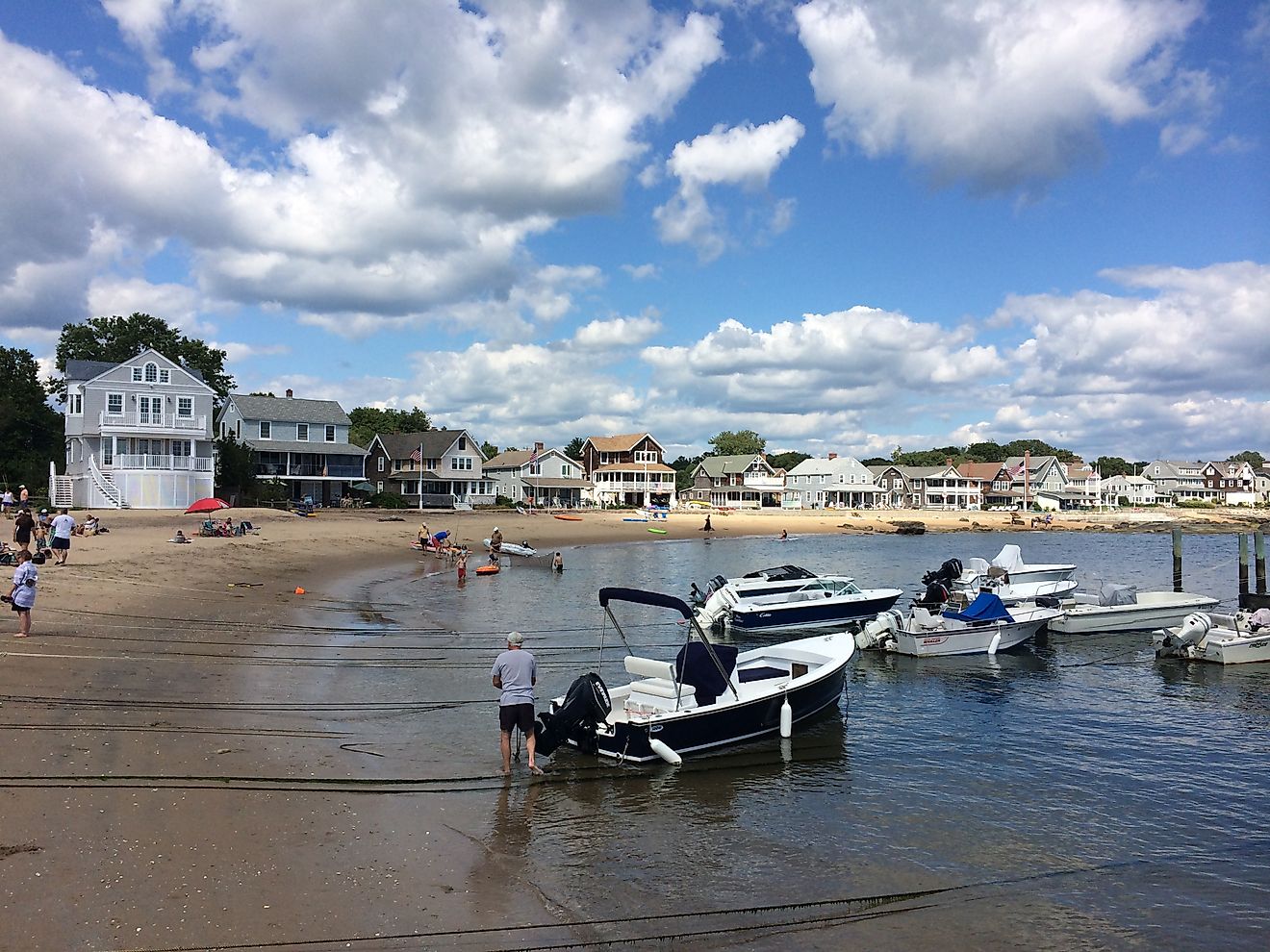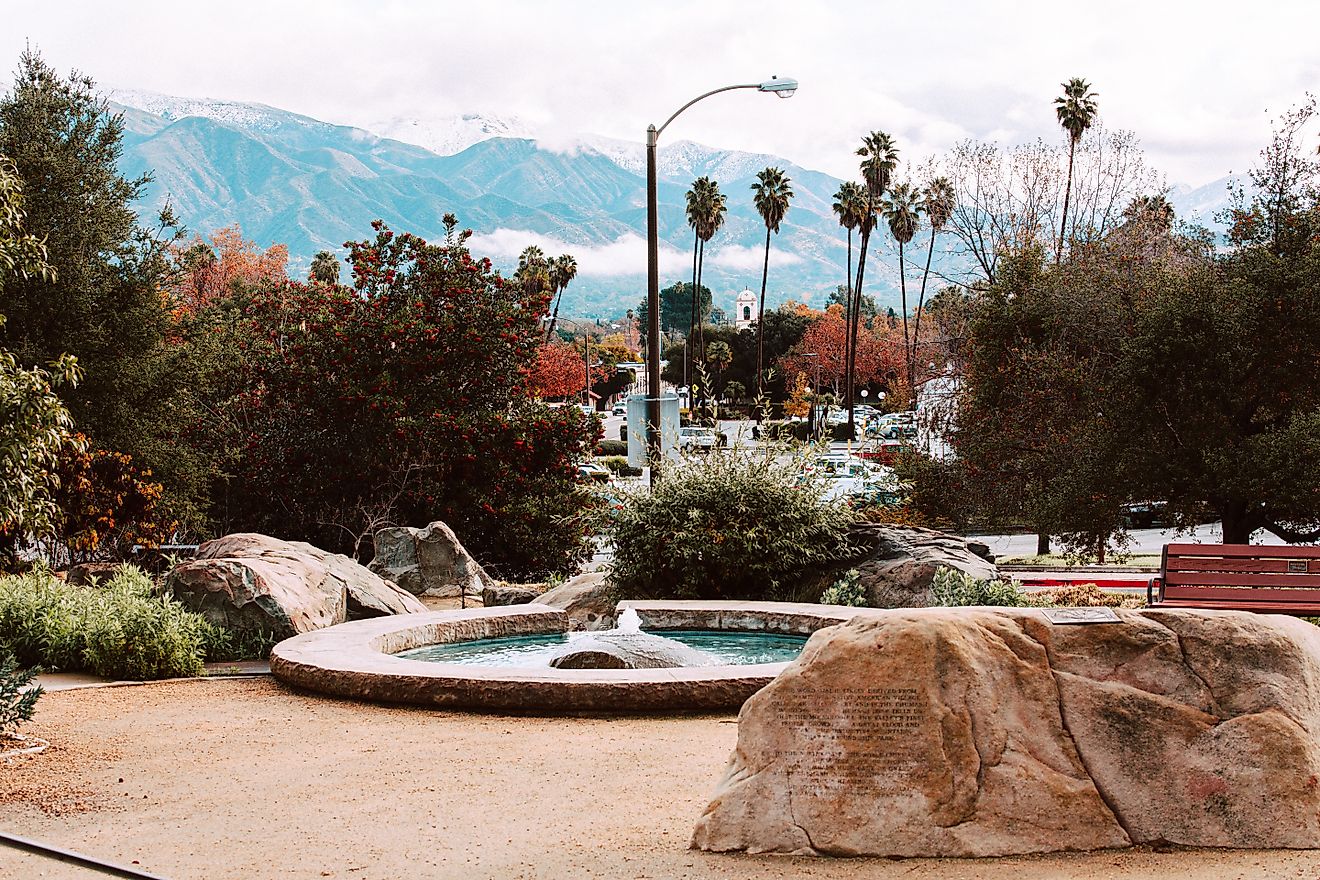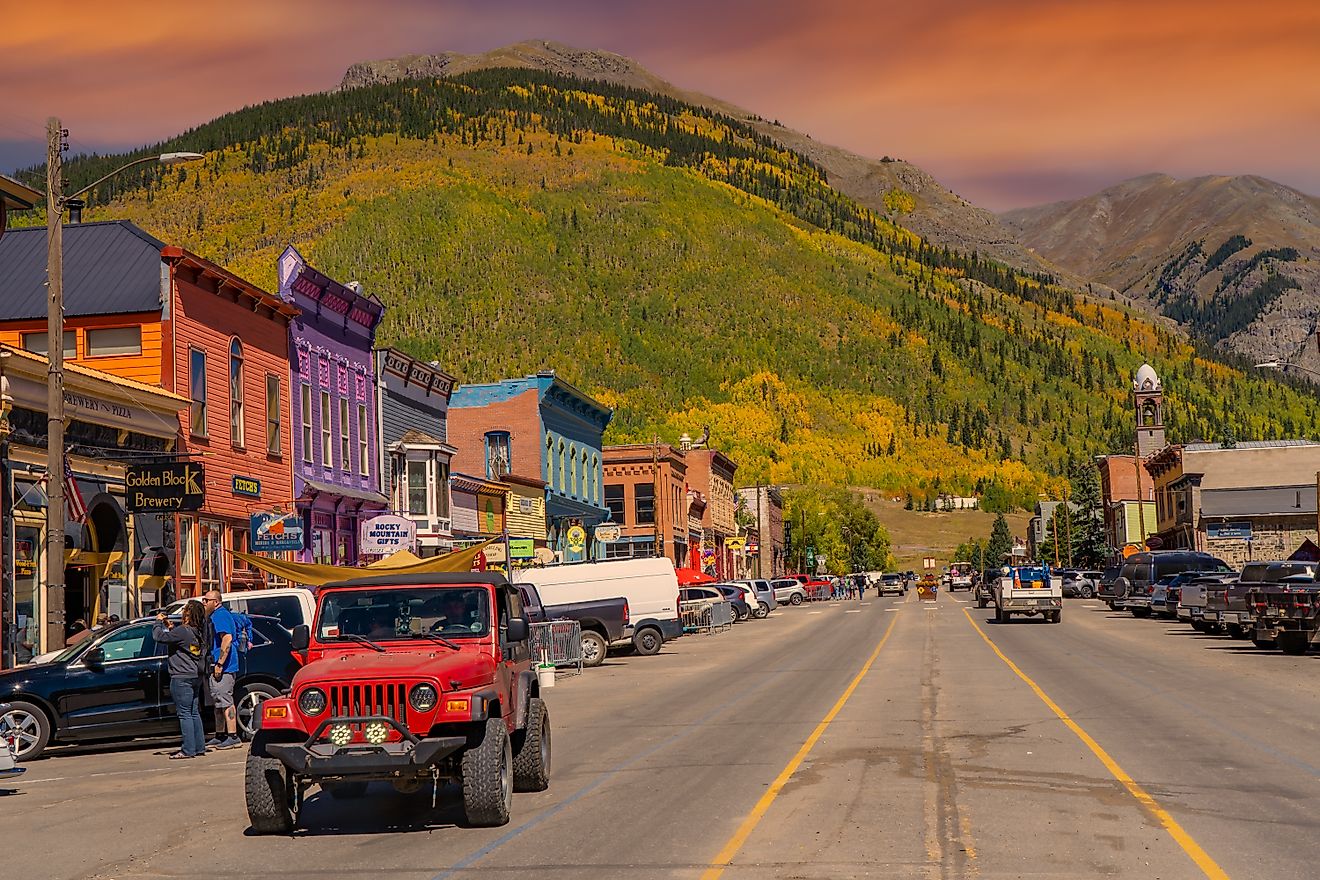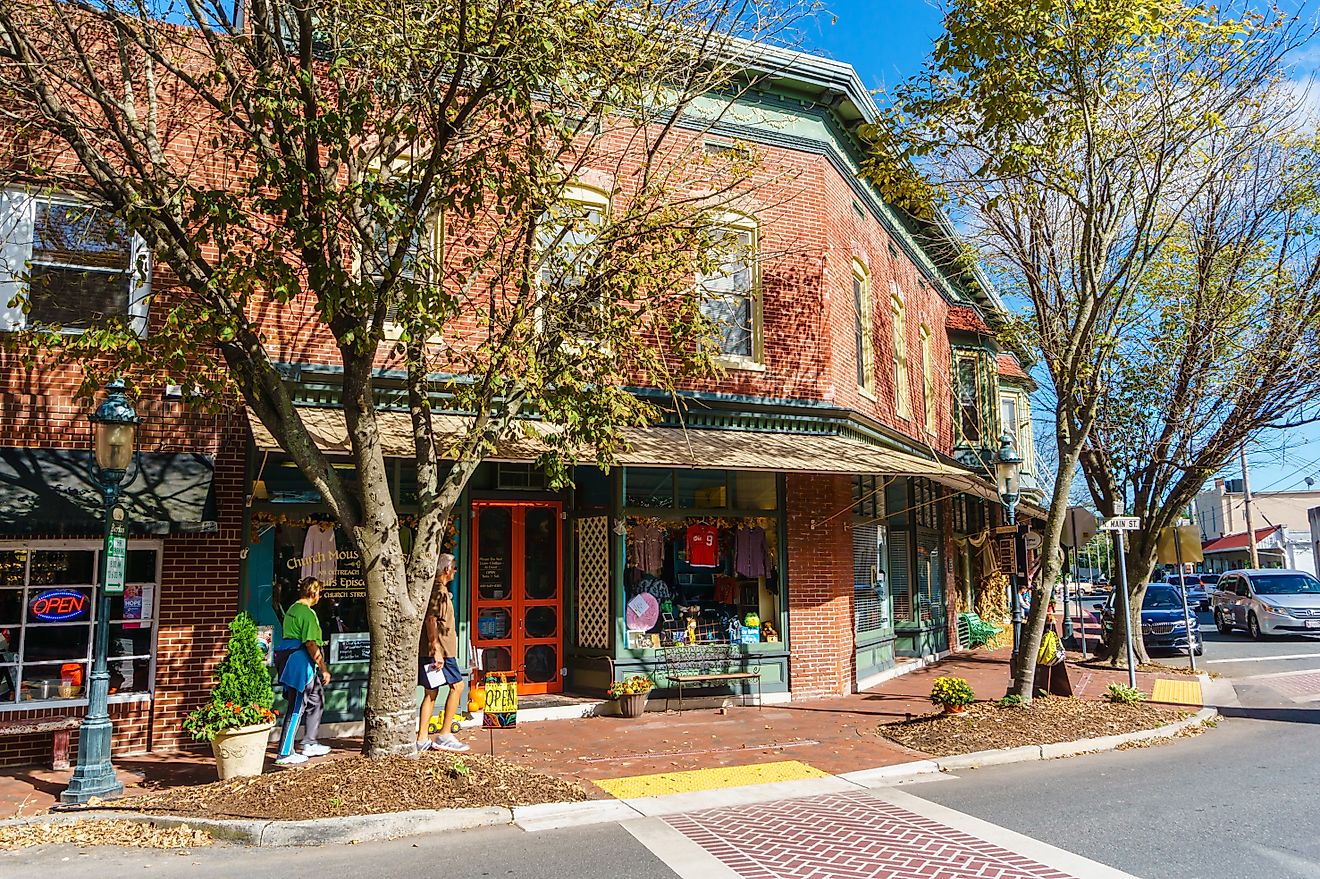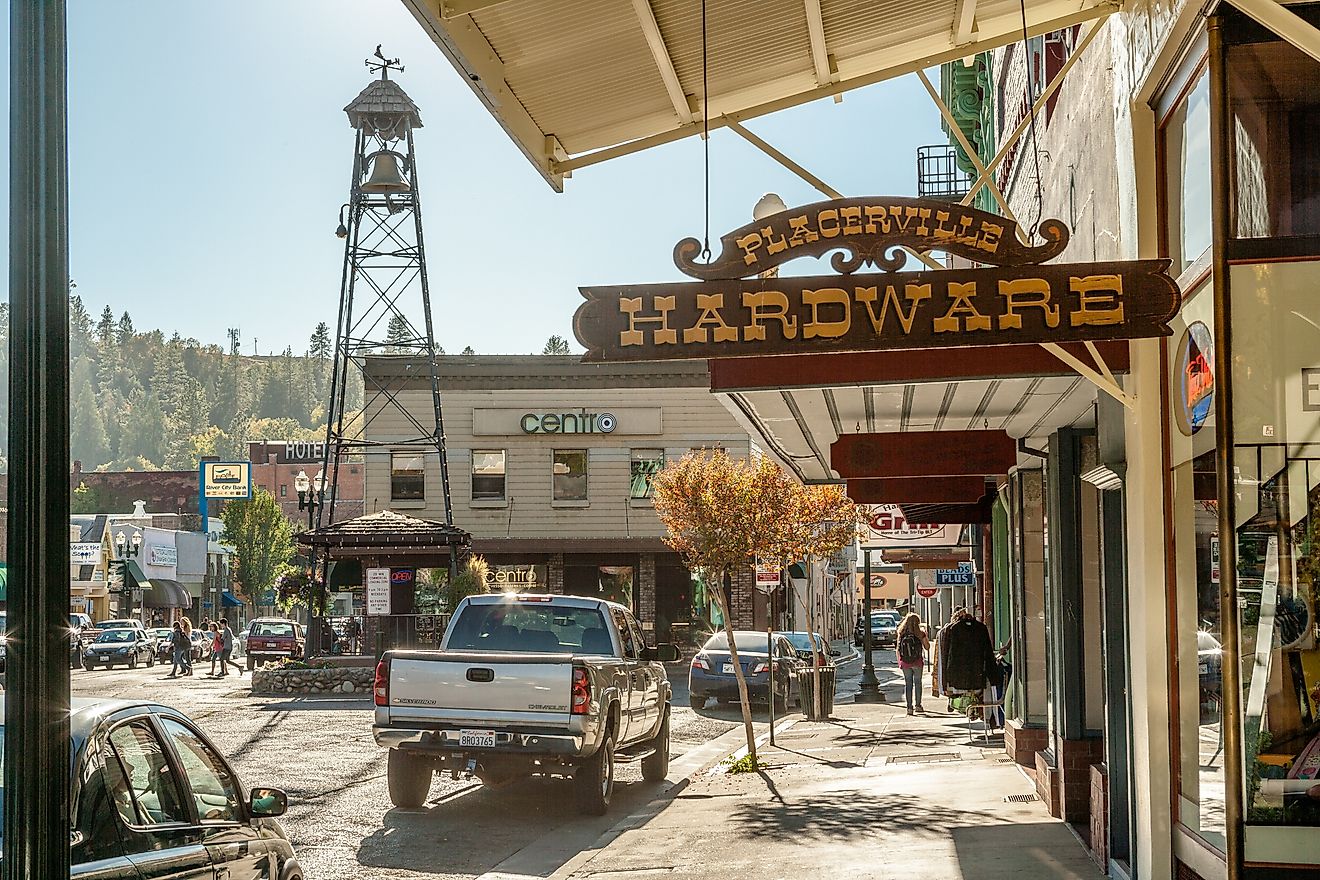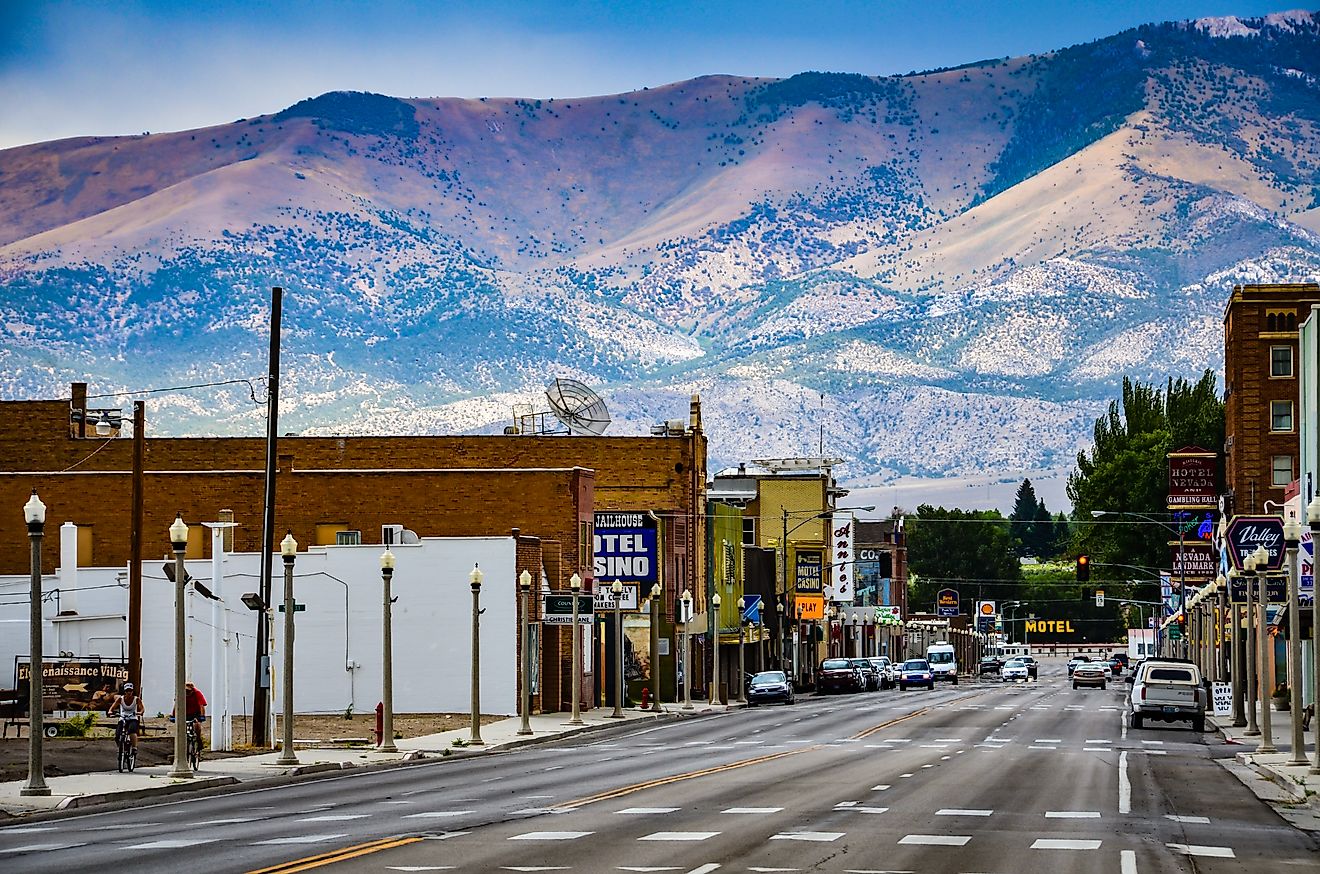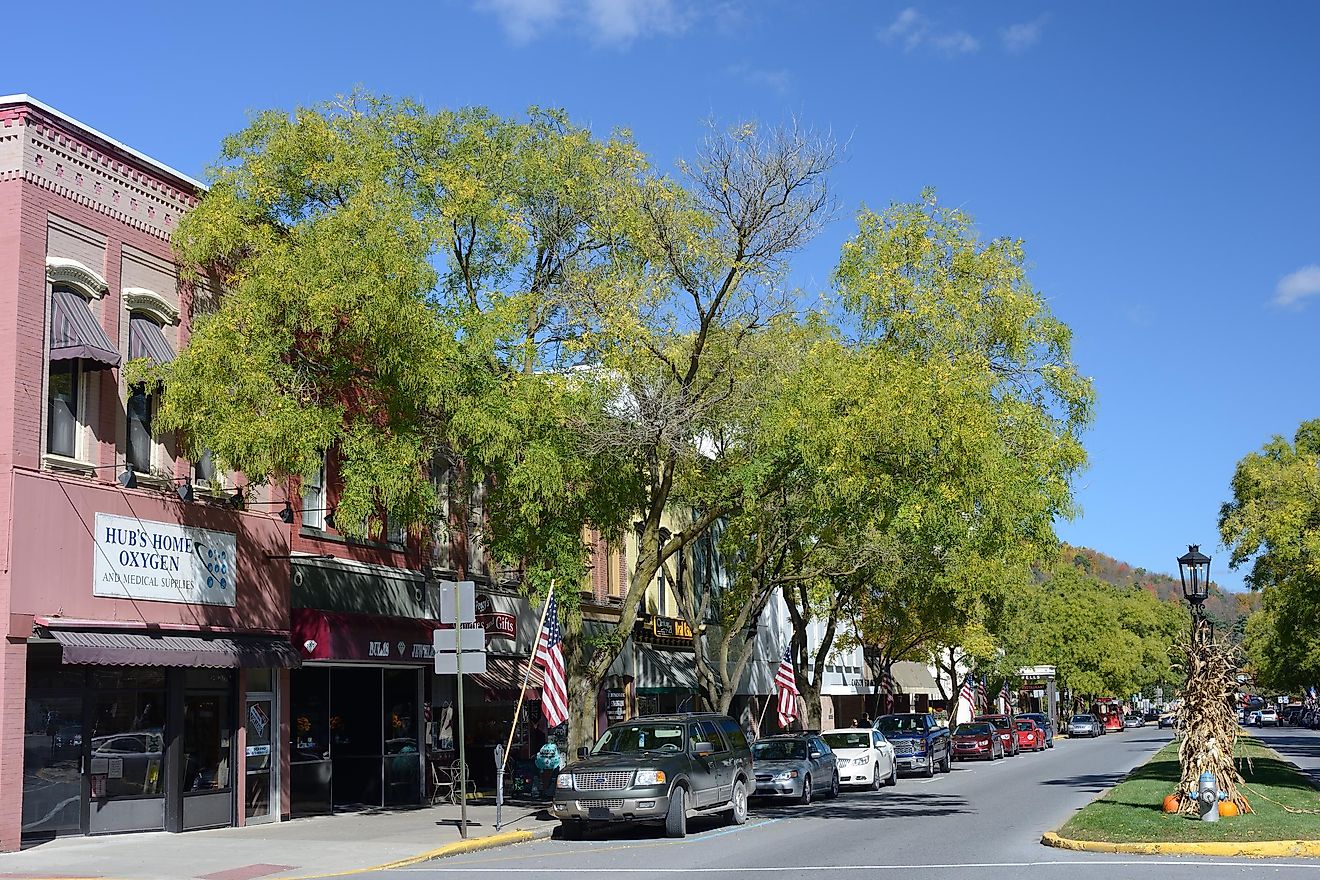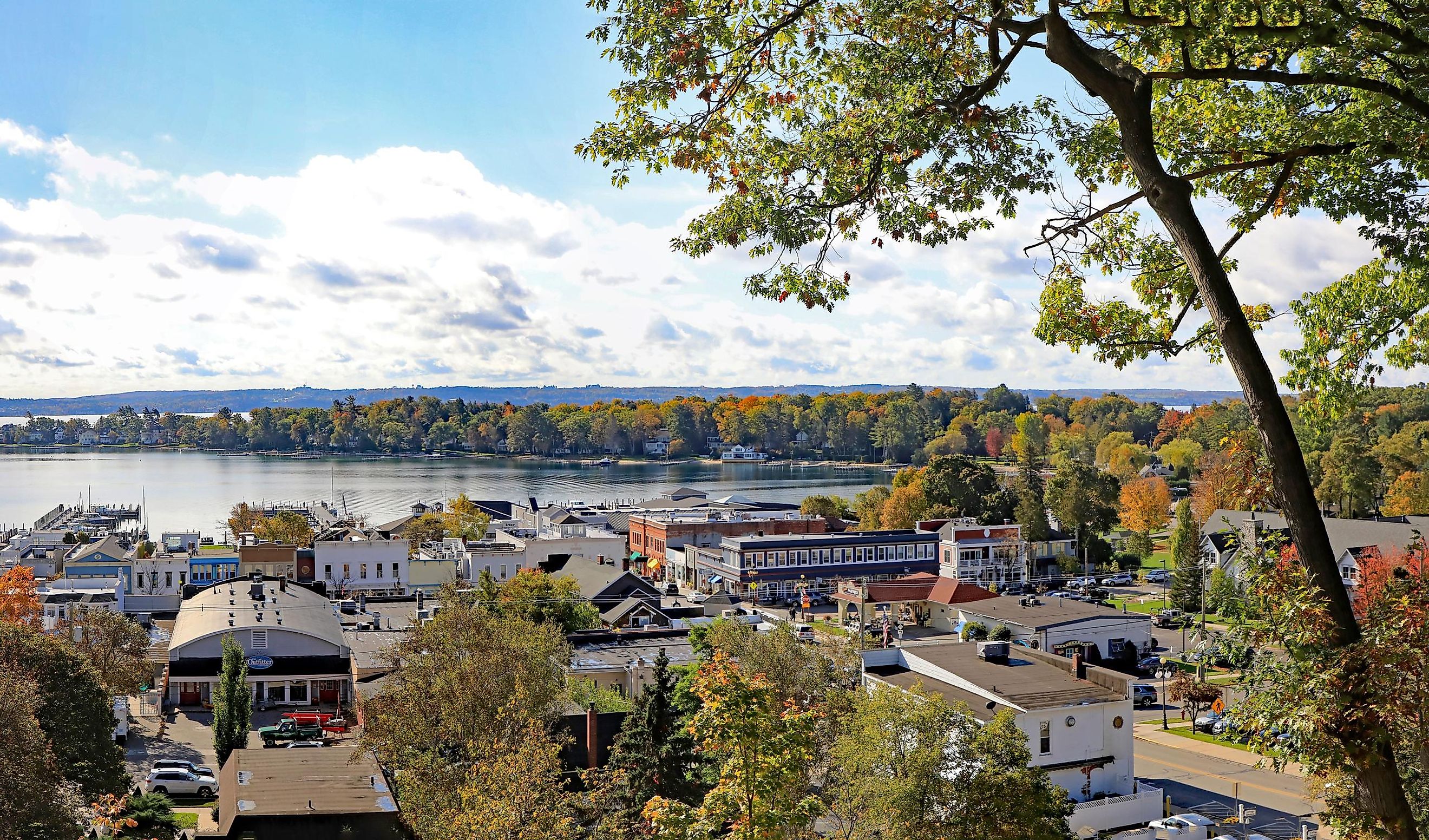
6 Coziest Small Towns in Michigan
Michigan is well-known as a state of uncommon natural beauty, not to mention fascinating history driven by the cultures and commerce of the Great Lakes. Surrounded by three of North America's five Great Lakes, Michigan invites the culture- and nature-seeking traveler with a wide variety of charms. The state lies across two main territories, the mainland and the Upper Peninsula, which borders Wisconsin. Michigan's vibrant points of interest may be found most easily across its small towns, as this list suggests. Whether for a garden stroll, a look at historic homes and neighborhoods, or a day at a (lakeside) beach, Michigan's small towns are cozy — and then some.
Harbor Springs

Harbor Springs, population just 1,300, lies on the shores of Little Traverse Bay on Lake Michigan. Inhabited long ago by the Odawa tribe of Native American peoples, the town has evolved into a lakeside and resort community that draws visitors for its natural attributes and (very) small-town appeal. Outdoor excursions here could include a visit to the Little Traverse Lighthouse, which guides boats to nearby Harbor Point — the deepest natural harbor in all of the Great Lakes region. For culture, seek out the area's historic summer resorts, especially Wequetonsing, noted for its upscale offerings and a connection to the influence of Illinois industrialist Jacob Bunn. Other popular sites are Zorn Park and City Beach, as well as Josephine Ford Park, both next to Lake Michigan.
Marquette

Marquette, with 20,800 inhabitants, is known as the most populous town in the Upper Peninsula. Tucked between the Dead River and the southern shore of Lake Superior, the town is an economic hub and major lake port and ships iron ore mined from the nearby Marquette Iron Range. First incorporated in 1849, the place is home to Northern Michigan University, which adds a distinct college-town feeling to the town. Nature enthusiasts and students of modern design, should head to Presque Ile Park in the town's northern end. First protected in 1886, the park remained undeveloped after an 1891 decision by Frederick Law Olmsted, who designed New York City's Central Park and other American green spaces so as not to disturb Presque Ile's natural beauty. The place is known locally as "The Island" (though it is in fact a peninsula).
Mackinac Island

Mackinac Island, situated on Lake Huron, has a population of 600 and exactly zero automobiles. That is because the town has chosen to remain car-free, thereby preserving its local charm — and peace and quiet. Lying in the space between Lake Superior and Lake Michigan — appropriately called the Straits of Mackinac — the island retains a stuck-in-time feel and a commitment to preservation. Its Grand Hotel stands as a fine example of the town's Victorian architecture and has counted five US presidents among its illustrious guests. Museum lovers should head to the Stuart House Museum and the Grand Hotel Stable & Carriage Museum.
Leland
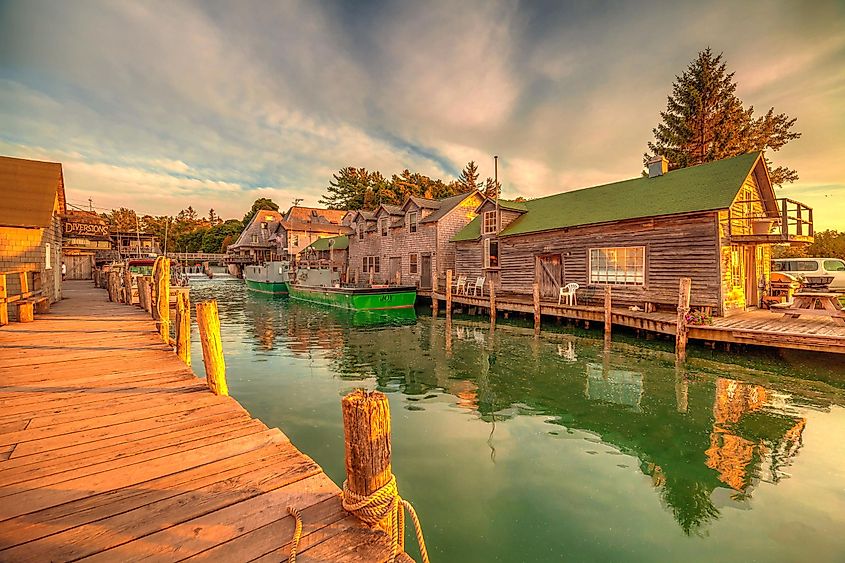
Leland, population 2,200, sits at the edge of Lake Michigan and enjoys local fame for its fishing. First settled in 1853, the town became a hub for commercial fishing, earning the moniker "Fishtown" from its success. Today, Leland serves as a summer and resort destination, though anglers can still enjoy getting out on the water. Fishtown is part of Leland's historic district, which honors its commercial past as well as a number of Gothic Revival buildings still standing today. Nature lovers can also use Leland as a base for visiting the nearby Sleeping Bear Dunes National Lakeshore, a green space with special protection by the US federal government.
South Haven

South Haven, with 4,000 residents, is a quaint beach town on the southeastern shore of Lake Michigan. Boating enthusiasts can explore the Black River, whose confluence with the larger lake gave rise to a port and historic South Haven, which was incorporated as a village in 1869. Cyclists rave about the ride along the Kal-Haven Trail, a former rail bed that turns into a snowmobiling trail in winter. The area's lake-faring heritage is on full display at the town's Michigan Marine Museum. Culture lovers might prefer the South Haven Center for the Arts, also downtown.
Charlevoix

Between the beaches of Lake Michigan and Lake Charlevoix, the town of Charlevoix, with 2,400 residents, is noted for its affluent citizens, old resorts, and lovely scenery. Named after a famous French explorer of the region, the town was incorporated in 1879. For visitors today, the Charlevoix South Pier Lighthouse is a well-known heritage site that provides a peaceful setting for strolls and lake views. Garden lovers should head to the Memorial Garden in town, and golf enthusiasts should take a swing at the Charlevoix Golf Club or the Belvedere Golf Club. The town also hosts a US Coast Guard station on Lake Charlevoix.
Michigan's Best Features Lie in its Small Towns
Michigan's larger cities like Detroit and Grand Rapids may bear a certain appeal, but the state's smaller towns offer a look at the heart of the state's culture, history, and natural spaces. Mackinac Island takes that commitment to an uncommon level, outlawing cars to ensure its visitors see the place at its best. Likewise, from college towns like Marquette to lakeside gems like Harbor Springs and Charlevoix, the best of Michigan's attractions may just live in small towns like these.
